- Strawberry Begonia: When Is The Perfect Time To Propagate It? - August 15, 2021
- Beefsteak Begonia: Everything You Need To Know About It - August 12, 2021
- Ficus Altissima: How To Identify This Plant From The Ficus Family? - August 2, 2021
Are you looking for a compact, quick-growing houseplant to help turn your thumb green? If so, then you’ll appreciate a Strawberry Begonia. The hardy plant is a fuss-free addition to any home and acclimates well to an indoor environment.
Also called Roving Sailor or Strawberry Geranium plants, Strawberry Begonias are easy to grow and are characterized by their lush, green foliage. Plus, they’re just as easy to propagate, making this the perfect plant to share with friends!
Want to add a little greenery to your home but don’t know where to begin? We’ve got you covered. Today, we’re sharing our ultimate Strawberry Begonia growing guide to help you get started!
How to Identify Strawberry Begonia
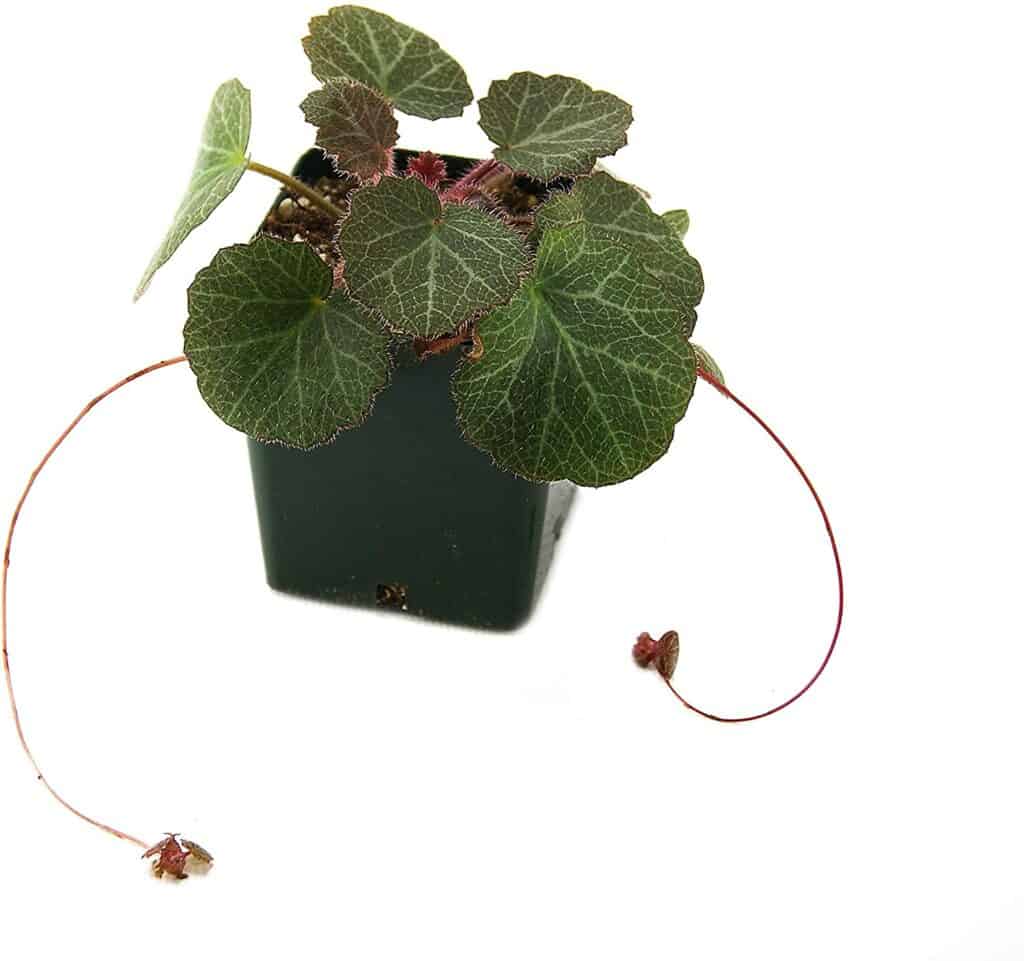
While there are many different types of begonia plants, there are a few special characteristics that set Strawberry Begonias, or Saxifraga stolonifera, apart. Native to Asia, these gorgeous houseplants are not true begonias. They belong to the Saxifrage family, which also includes about 600 other plant species, including coral bells, alumroot, mitrewort, and more.
However, this plant does share a similar leaf structure to begonias. They are notable for their hairy, red-tinged leaves. In fact, this is likely where their moniker got its start!
Another similarity that these plants share with actual strawberry crops? Like the latter, they are low-growing stunners. They will send out long, slender runners called stolons that eventually culminate into tiny plantlets at each end. This plant features round, heart-shaped leaves with silver veins. The leaves are around four inches across and can be solid-colored or variegated. The plants themselves can grow between six to 18 inches tall.
While most homeowners choose to grow Strawberry Begonias in ornamental planters or hanging containers, keep in mind that their runners can quickly overtake a space! As they multiply, the runners can eventually reach the ground.
When this happens, they will proceed to form a mound of individual plantlets at the base of the plant. When this happens, you might find that the plant begins to look a little cluttered. Thankfully, you can easily snip off the new growth to create separate plants.
In early spring and summer, some Strawberry Begonias will develop tiny, airy clusters of white flowers with yellow center points. These don’t usually grow past their miniature size, but they do add a fun pop of color! Beyond those blooms, these plants are evergreen perennials that you can count on to come back year after year.
Though they’re usually grown indoors and are widely considered houseplants, you can grow Strawberry Begonias as an outdoor ground cover in certain climates. This works especially well if you have an area of your landscaping that will not tolerate turf or grass.
How to Grow Strawberry Begonia From Seed
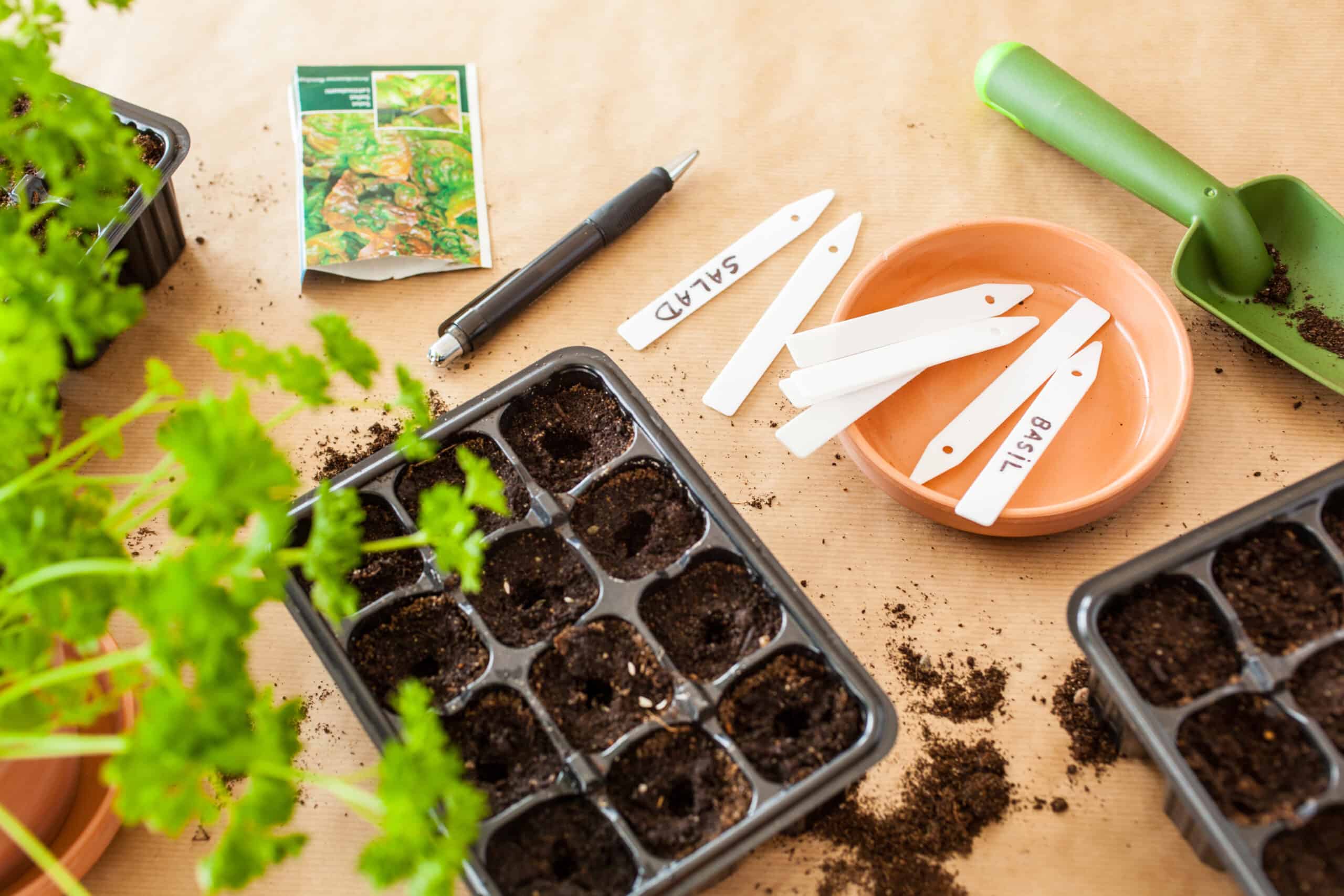
Though you can grow certain types of begonias from seed, the Strawberry Begonia is not one of them. Remember: It isn’t actually a begonia at all! In most cases, you’re limited to annual begonia varieties when you want to go this route. For instance, you can grow wax begonias from seed, though the seeds can be difficult to procure.
Even then, begonia seeds are almost microscopic and can be difficult to sow. To remedy this issue, most suppliers only offer them as pelleted seeds. These are seeds that have been coated with inert materials to bulk them up and make them uniform in size.
How to Propagate Strawberry Begonia
Though you may not be able to grow them from seed, you can propagate Strawberry Begonia plants in just a few short steps! Once you know the process to follow, you shouldn’t have a shortage of these beauties in your home!
The easiest and most effective method is to propagate using one of the plant’s many offshoots. Find one or more of the runners hanging off of the plant and look for the tiny plantlets that should have formed at each end. Do not snip off the runner, but gently place the loose end into a container of soil.
You can add them to the same planter as the mother plant or choose a separate, smaller one. If the plantlet tends to pop back up, then you can carefully secure it in place using a small piece of wire or an opened paper clip.
After a few weeks, the plantlets should take root. Give a gentle tug to see if this has taken place and if so, you can snip the runner away from its mother plant. To ensure that this approach goes as smoothly as possible, wait until each plantlet has grown to a decent size before propagating it. The plantlet should have several small leaves of its own
A second technique is to cut off the runner from the mother plant as soon as the plantlet appears to be established. From there, you can plant the runner in a separate container. It’s important to note, however, that it’s more likely to develop roots when it’s still attached to the mother. In both cases, it’s best to use the same type of soil in each container.
Strawberry Begonia Growing Conditions

In the right growing conditions, the Strawberry Begonia will thrive and grow easily indoors. As mentioned, it is possible to grow it as an outdoor ground covering, though this is only reserved for homeowners who live in USDA Hardiness Zones 6 to 9.
For best results, use evenly moist, light soil. Position your planter in partial to full shade. It grows best in the indirect sun, though a small degree of direct sun can produce the rich red hues that many growers prefer on the plant’s leaves. As you care for your plant, take note of the humidity and warmth in your environment. If the roots are allowed to get too moist, fungal problems can develop.
While average home humidity levels are usually tolerable for a Strawberry Begonia, it can be beneficial to create a humidity tray. This is a tray of shallow water and pebbles that sits below the plant. This tray will enhance the moisture levels around your plant and help establish a more stable growing environment. If you plan to position your planters anywhere near a heater or AC vent, this is an especially smart solution.
To keep water levels consistent, be sure to allow the roots to dry significantly between waterings. You can even plant your Strawberry Begonia indoors in the winter, as this plant variety is more cold-tolerant than many realize. It can safely survive in temperatures down to 45 degrees Fahrenheit without any damage, but try to keep your home temperatures between 50 degrees Fahrenheit and 75 degrees Fahrenheit.
To keep yours looking neat and well-maintained, remember to re-pot it once a year, preferably in the spring. You’ll find that your plant will soon outgrow its original container and it doesn’t do well when it’s pot-bound. Though its growth may stall a little over the fall and winter, it will pick back up in the spring with a vengeance and you’ll want to be ready!
How to Plant Strawberry Begonia
Are you ready to plant your very own Strawberry Begonia? If you purchased yours in a pot, then it’s likely already rooted in good-quality potting soil. If it hasn’t outgrown the space, then you can continue to water and prune it in that same container until it begins to outgrow it.
Once the time comes to re-pot your plant, you can follow these easy steps:
- Choose a container that’s large enough to comfortably hold the plant, making sure that it has drainage holes (or drill your own).
- Fill the container with quality potting soil until the soil reaches two inches from the rim.
- Make a small hole in the soil that’s slightly larger than the root ball, using your hand or a garden trowel.
- Place the plant carefully in the hole, and backfill the space with potting soil until it just covers the root ball.
- Press the soil down firmly around the base of the plant.
- Water the plant thoroughly to settle the soil.
Strawberry Begonia Potting and Soil
Strawberry Begonia plants grow best in lightweight potting soil that drains fast. It can be neutral to slightly acidic. In most cases, you can use standard houseplant potting soil that you find at your local home and garden store. Once you’ve added the right soil and potted your plant, set the container on top of a drip tray.
To prevent the risks associated with overwatering, you may want to add a little grit or perlite to your soil. This can make the soil more granular and less dense, allowing water to move more freely through it.
Strawberry Begonia Water Requirements
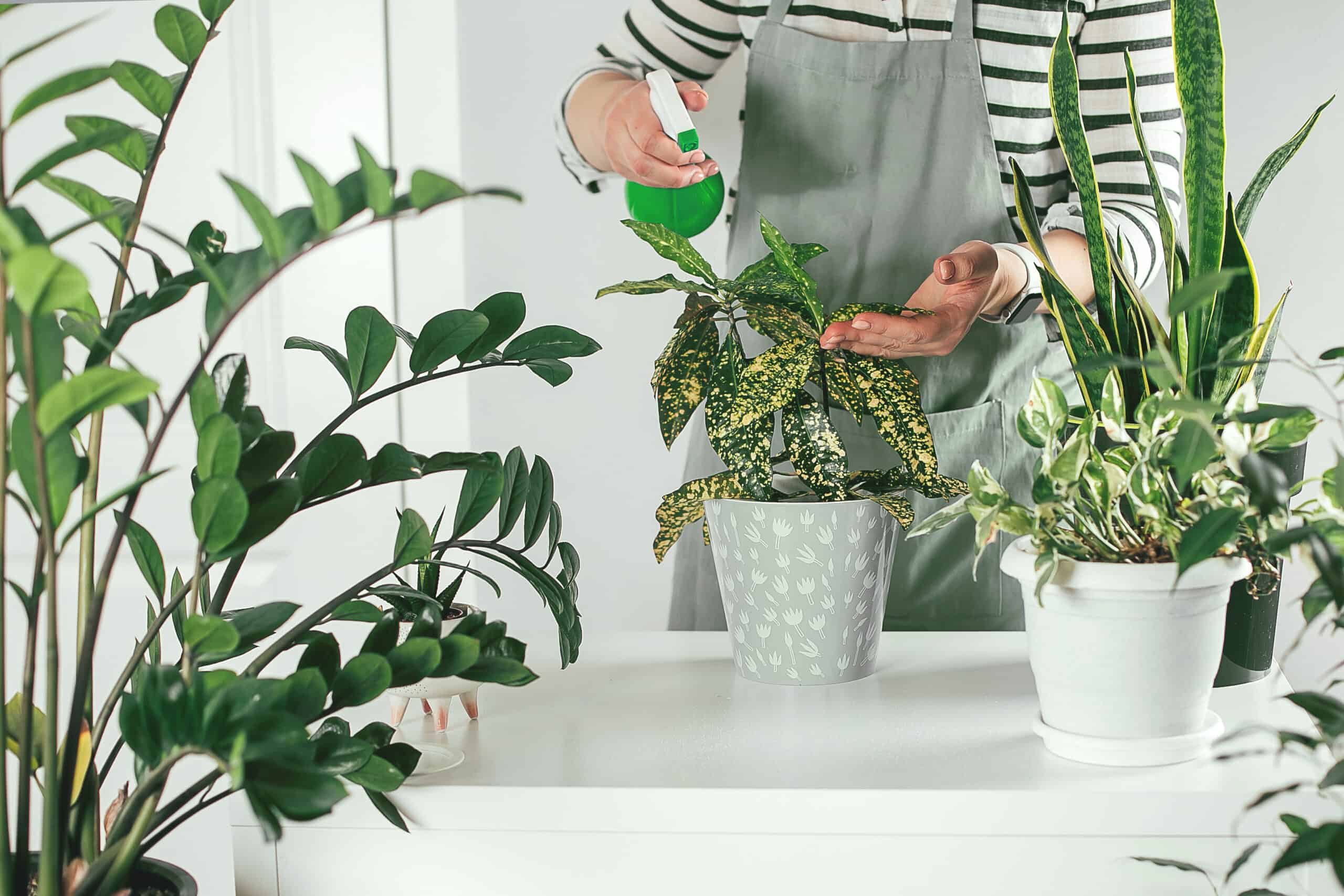
The soil of your Strawberry Begonia should stay consistently moist but resist the urge to waterlog your plants by overwatering them. Doing so could cause the roots to rot, which could weaken the plant and even lead to death.
At the same time, you don’t want to underwater your plant, especially during the hot and humid summer months. Without an adequate water supply, the once-vibrant foliage could turn brown and crisp, and the plant’s growth could become stunted.
To strike the right balance, feel the surface of the soil and stick your finger down about two inches. When this area feels dry, it’s time to water again! If possible, try to add water at the base of the plant rather than allowing the leaves to get wet. Add water until it begins to seep out onto the drip tray. This way, you can rest assured that the soil is appropriately moistened.
Strawberry Begonia Light Requirements
Strawberry Begonia plants do best in indirect, bright light. Remember, however, that the brighter your environment, the more watering you will need to do. If you have any windows in your home that face east or north, then find a windowsill planter and you’re all set! The sunlight here will be sufficient but won’t be too powerful or burn your plant.
If this occurs, you may notice holes starting to form in the leaves of your begonia. Moving it to an area that gets less sunlight should help remedy the issue.
Strawberry Begonia Fertilizer
During the growing season, your Strawberry Begonia will be especially hungry. A mild liquid houseplant fertilizer is a great way to keep it looking and feeling great! If possible, look for one that’s specially designed to help your plant bloom to its fullest potential. Look for the inclusion of beneficial micronutrients (such as nitrogen, phosphorous, potassium, and calcium) that can enrich the soil and replicate an ideal growing environment.
Even during this peak season, you don’t need to fertilize your plant every time you water it. Aim to add a little fertilizer about once every four feedings for best results. As temperatures cool and the seasons change to autumn and winter, you can reduce this frequency to once every six to eight feedings.
If you can’t find liquid fertilizer at the store or simply want a different option, then you can also try controlled-release fertilizer pellets. Follow the instructions on the container to make sure you’re adding the right amount!
Best Strawberry Begonia Companion Plantings
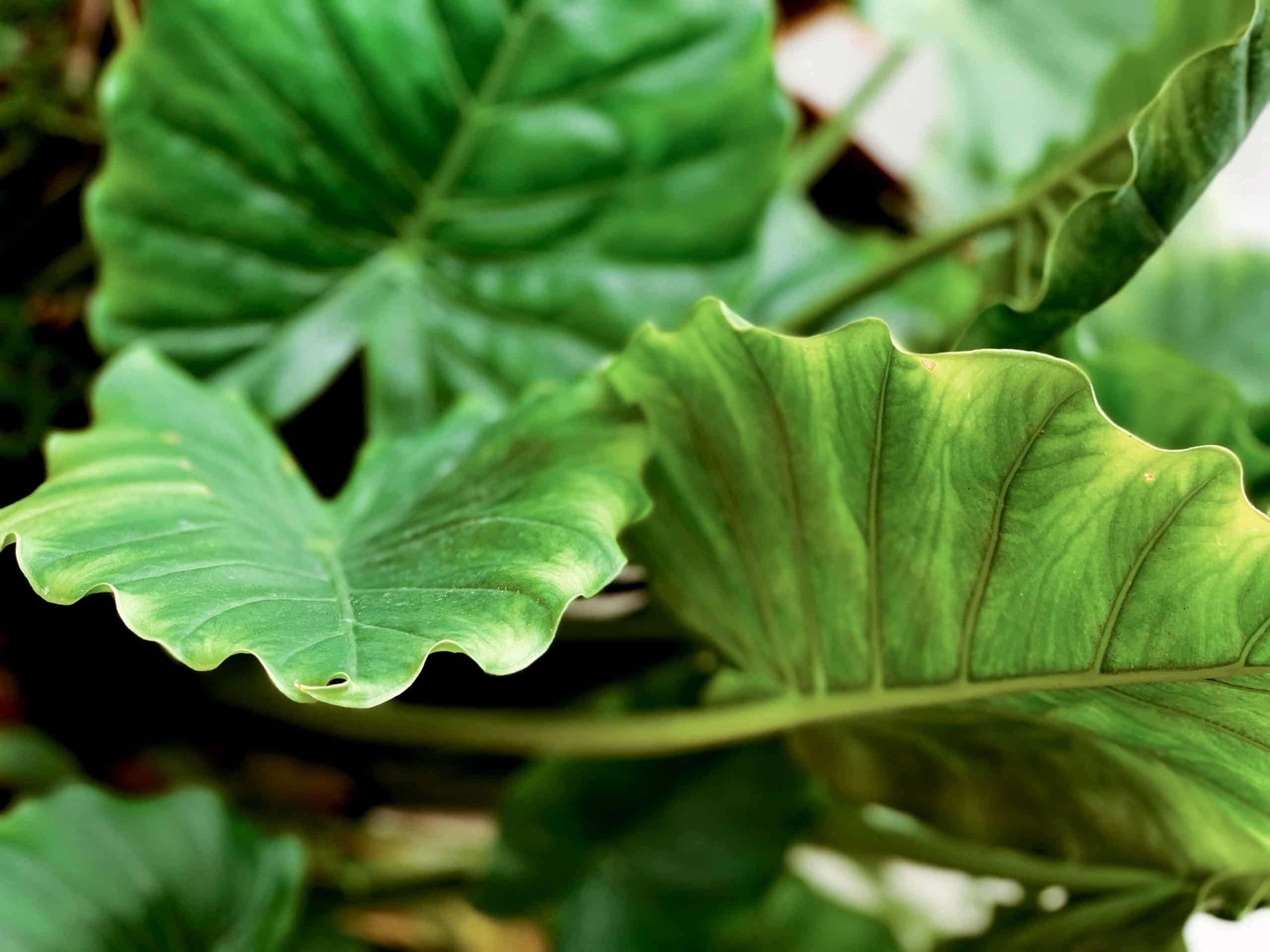
Want to turn your kitchen, living room, or bedroom into a houseplant haven? If so, you might wonder which indoor plants will look and grow best next to your Strawberry Begonia!
First, let’s talk potted arrangements. These are large containers filled with several different types of plants, all of which work well together. Often, these plants fall into one of three categories:
- Fillers
- Spillers
- Thrillers
Fillers cover the majority of the base of the plant, filling in extra space and providing a basic foundation for the other plants. Spillers act as their name implies, literally “spilling” over the sides of the container for visual appeal. Then, there are thrillers, which stand out and add color, height, and drama to the arrangement.
If you use Strawberry Begonia plants in your arrangement, then those would be considered the spillers. You can also plant them alongside ferns or shrubs, where they’d act as the fillers. Now, you’ve got to find your thrillers!
While a pop of color is always welcome, we love how stunning a deep black plant looks next to this one. Try Black Coral, or Colocasia, for instance. This plant also works well with miniature potted trees or mid-sized, tropical plants. Alocasias and Cannas are two great options.
Strawberry Begonia Diseases and Common Problems
You never want to think about bringing pests or diseases into your home, but the reality is that Strawberry Begonias can fall victim to these kinds of offenses.
The two most common types of pests that invade this particular plant are aphids and mealybugs. These insects usually live inside the bark of nearby trees during the wintertime, and they leave their homes when temperatures start to warm up. As this happens, they can easily find their way indoors thanks to an open door or window. Once in, they’ll become attracted to your plants almost immediately, where they’ll proceed to take up a new shelter.
Other pests that have been known to camp out around Strawberry Begonias include:
- Spider mites
- Whiteflies
- Fungal gnats
Disease-wise, the most common ones are bacterial and fungal diseases. These are usually attributed to overwatering your plant or watering it incorrectly. These diseases include:
- Root rot
- Southern blight
- Botrytis
Botrytis is also known as gray mold that is common in indoor houseplants. At first, you may notice a slight white growth on your begonia’s leaves. Before long, those spots will darken to a deeper gray color. High humidity catalyzes this condition and can cause it to spread.
Strawberry Begonia Treatment and Maintenance
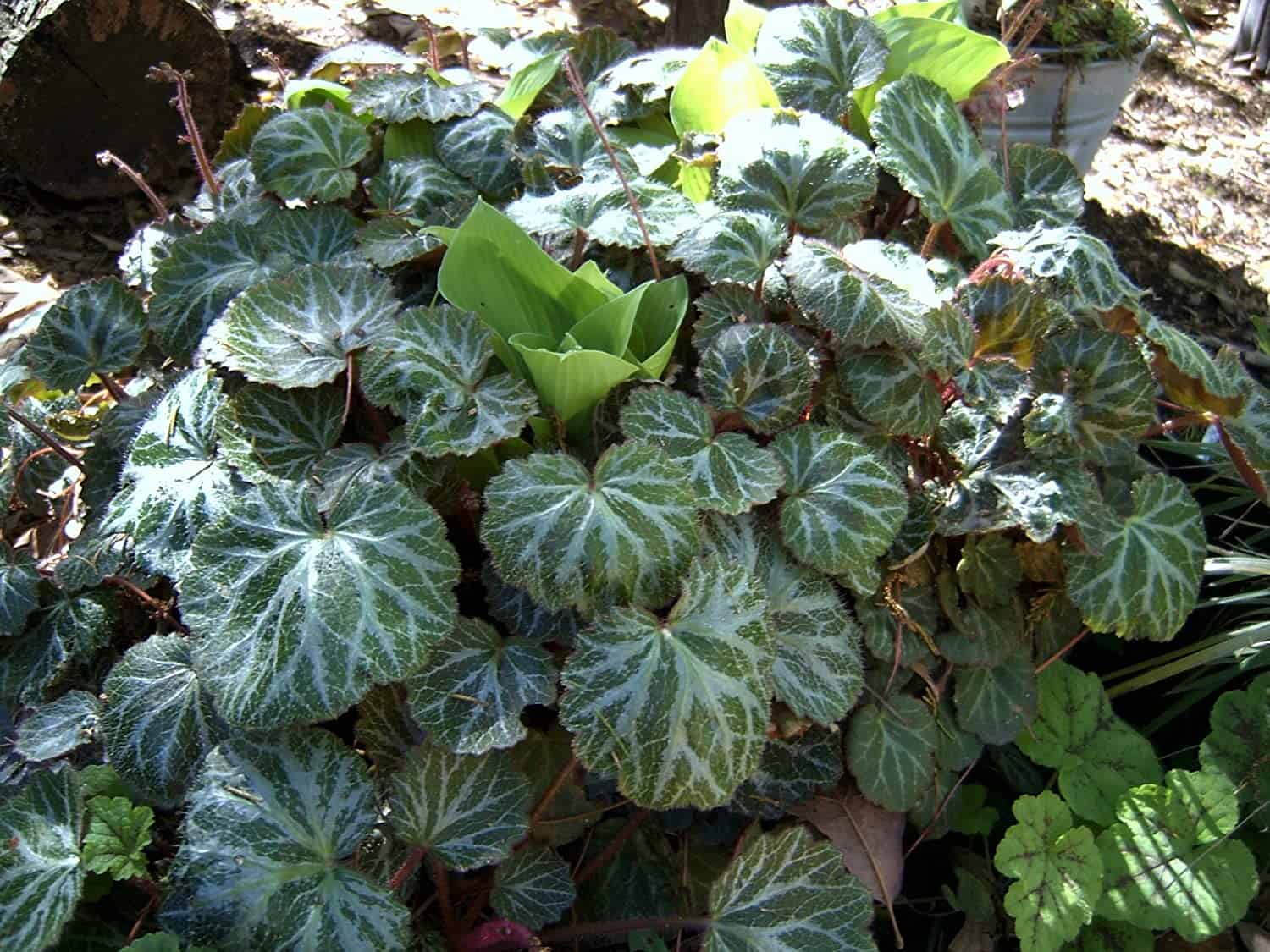
While it can be disheartening to discover pests in your plant, the good news is that these are relatively easy to eliminate. Often, a good spritz of water is enough to send the pesky buggers flying, though stay far back and don’t spray so much that the water remains on the leaves.
For a more permanent solution, you can treat the plant with a houseplant insecticide. As soon as you notice any signs of pests, be sure to eliminate the affected foliage.
Similarly, you can treat diseases such as root rot and Botrytis by paying close attention to the water and humidity that surround your plant. By keeping its soil well-drained and its environment comfortable, you can keep these conditions at bay and reverse any premature signs of damage. Severe cases may require an application of fungicide to effectively and completely eliminate the disease.
Where to Buy Strawberry Begonia Seeds Online
Strawberry Begonias do not grow from seeds. Rather, they are propagated from the plantlets that grow at the end of each runner. As such, you cannot find seeds online to start them in a greenhouse before re-potting them. If you love the look of begonias but are sold on using seeds, then you can take a look at a few of these annual varieties:
- Sun Dancer Begonias
- AmeriHybrid Begonias
- Illumination Begonias
- On Top Begonias
- Nonstop Begonias
You can find packs of seeds for all of the varieties above (and more) at Swallowtail Garden Seeds.
Where to Buy Mature Strawberry Begonia Online
Though you may not be able to sow your Strawberry Begonia seeds from scratch, you can find plenty of online retailers that offer mature plants for a great price. Once you buy one plant, you can easily establish many more from the runners!
When you’re ready to add a new houseplant to your growing collection, check out a few of these sources:
- Hirt’s Gardens
- Josh’s Frogs
- Tropical World USA
- My Home Nature (micro variety)
You can also browse your nearby home and garden store for these plants, and some Etsy sellers even offer to ship them!
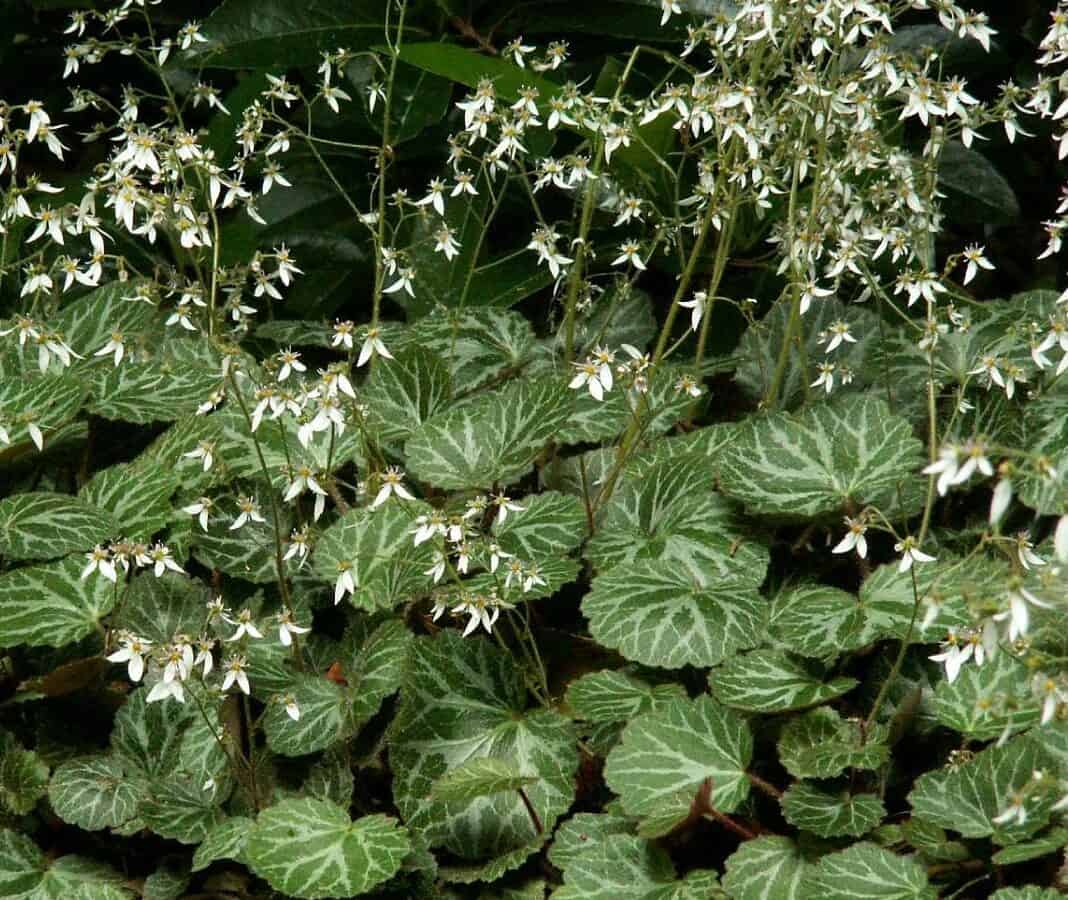
FAQs
Question: Why Are My Strawberry Begonia Leaves Turning Brown?
Answer: Most likely, your Strawberry Begonia isn’t getting enough water. When your plant is dehydrated, its leaves will turn from plush and deep green to thin, crinkly and brown. Of course, the obvious remedy is to water it, but avoid adding too much water, as this could contribute to root rot. Just water your plant until a little excess water begins to spill out onto the drip tray below.
Your plant’s leaves may also be brown because it’s getting too much direct sunlight. If this appears to be the case, try moving it to a spot where it will get bright, diffused light but still have access to plenty of shade, especially during the hottest parts of the day.
Question: How Often Should I Re-Pot My Strawberry Begonia?
Answer: You may need to re-pot your Strawberry Begonia every year, depending on how quickly it grows out of its container. Once it’s well-established, you may be able to get by with re-potting it every three to four years.
Simply size up to a slightly larger planter, making sure to choose one that has plenty of drainages. Note that frequent re-potting can lead to a condition called transplant shock, which can undermine your plant’s structure. For this reason, only re-pot your plant when you feel it’s necessary.
In time, you may notice that your original mother plant isn’t as fleshy as she once looked. She might have a bare center or she may start to develop woody stems. If you notice this happening, you can propagate the mother plant with its more vibrant plantlets and replace it altogether.
Question: How Do I Prune My Strawberry Begonia?
Answer: Love the look of your plant, but wish it were a little neater? The runners on a Strawberry Begonia can be beautiful, but homeowners will soon find that they can take over a container if left unpruned.
If you want to give yours a haircut, start by removing any spent flowers. Those tiny white blooms are pretty but short-lived, and they tend to stick around on the plants, even after they’ve died. You might find that eliminating those is enough to clean your plant up! Plus, you’ll make room for new growth, which is always exciting.
If you want to take the actual length off your plant, you can trim back the foliage as you see fit. With the occasional trim, your Strawberry Begonia will produce more hearty side shoots. This prevents it from developing a deeper root system, which is beneficial as it’s in a contained space.
When pruning, make sure that your shears are always clean to avoid transmitting any bacterial or fungal diseases.
Question: Are There Other Strawberry Begonia Varieties?
Answer: The most common variety of the Strawberry Begonia is the “Tricolor” variety. This version is a little smaller than the original and is distinguished by the cream-colored halo that forms around the margins of the plant’s leaves. Due to their diminutive size, these plants can be a little more challenging to grow.
In addition, homeowners will need to pay closer attention to how much they water their Tricolor Strawberry Begonia, as well as how the surrounding temperature feels. These plants are more fickle and vulnerable to changes in their growing conditions. They thrive in cooler temperatures and aren’t as common.
Question: Is a Strawberry Begonia a Perennial?
Answer: Yes! While most begonias are annual plants, this doesn’t follow suit. Despite its name, this is a different species. It is a mat-forming perennial that will reward diligent homeowners with year-round greenery and flowers in the late spring and summer.
To create a ground cover or fill a large container, you can continue to propagate your plant year after year, encouraging it to spread out and grow. If yours never produces blooms, take heart. Often, insufficient growing conditions are the likely culprit. As long as your plant is otherwise healthy, this isn’t a cause for concern.
Question: Is a Strawberry Begonia Toxic to Pets?
Answer: No. A Strawberry Begonia plant is not known to be toxic to cats or dogs. However, this doesn’t mean that Fido is free to chow down! If your beloved furry family member ingests a large quantity of this plant, he or she may experience any of the following symptoms:
• Nausea
• Vomiting
• Loss of appetite
Try to place your plant in a location where curious paws and small children can’t find it and knock it over! This will keep your home tidy and your loved ones safe.
Enjoy Your New Strawberry Begonia
If you’re on the hunt for a dependable, beautiful houseplant that will bring you years of joy, then the Strawberry Begonia should be near the top of your list. Low-maintenance and easy to propagate, this plant is the definition of stress-free growing.
With this ultimate Strawberry Begonia Growing Guide, you’re well on your way to creating the perfect environment for your new addition. Pay attention to its soil and water, keep humidity levels low, and make sure it gets plenty of indirect sunlight. Then, start planning who you’ll share those transplanted plantlets with next!
For more information on plant varieties to try and tools to use, keep reading our informative garden guides!

